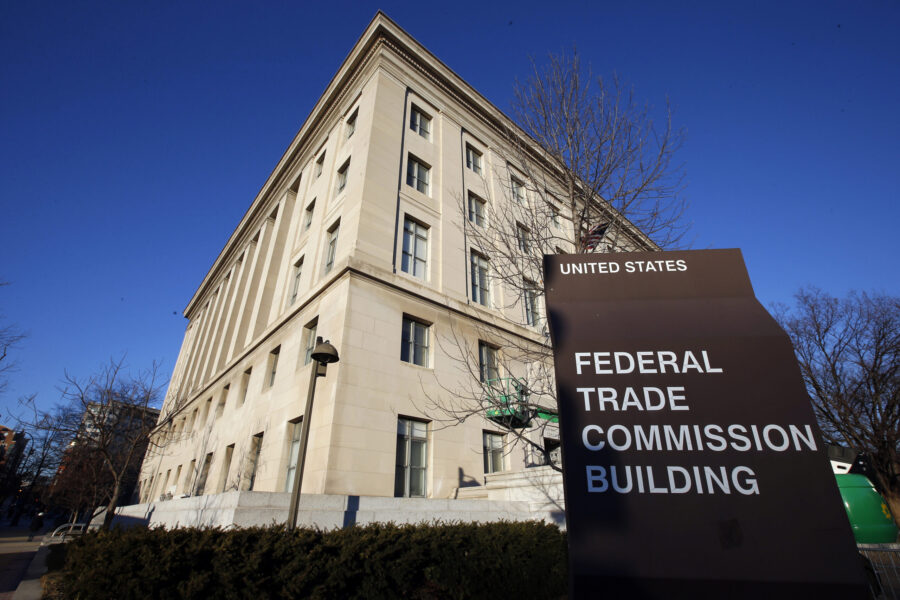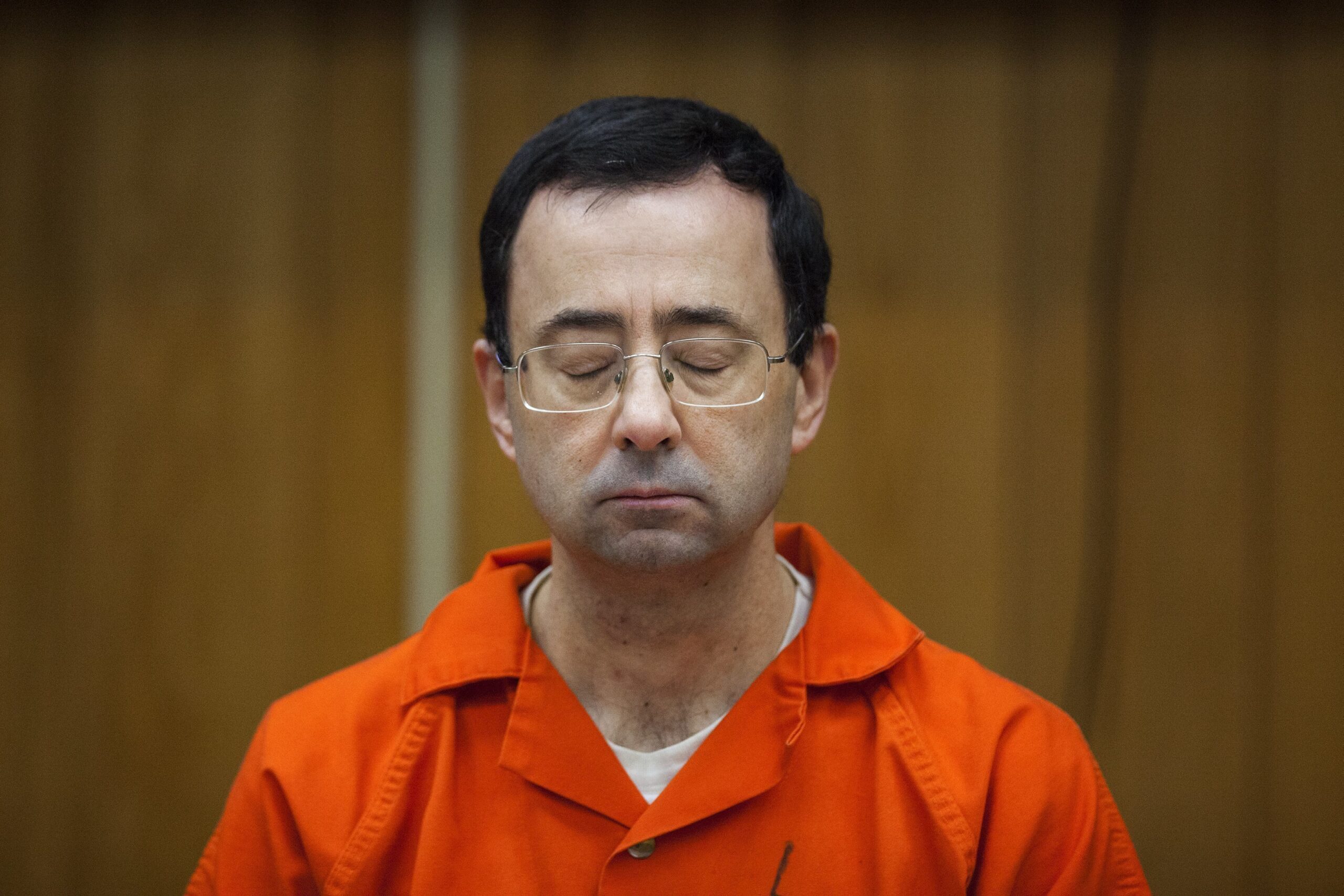Inside the $700 billion Inflation Reduction Act from a financial advisor
Aug 2, 2022, 3:35 PM | Updated: 3:38 pm

A customer shops for produce at a Cardenas Market on June 08, 2022 in San Rafael, California. The U.S. Labor Department will report May's inflation numbers this Friday after reporting a rate of 8.3% in April of this year. (Photo by Justin Sullivan/Getty Images)
(Photo by Justin Sullivan/Getty Images)
Senate Democrats announced a deal on a $700 billion Inflation Reduction Act that aims to reduce inflation by paying down the national debt, lowering energy costs and extending affordable healthcare coverage for millions of Americans. This proposed legislation will need the support of all the Democratic Senators to pass the Senate floor. Let’s break down what’s in the act, whether it can reduce inflation, what you could get and who will pay for it. (Note: This is a developing story and we will continue to update the article as more information becomes available.)
A financial advisor can help you understand how legislation impacts your finances. Find a financial advisor today.
What’s in the Inflation Reduction Act?
The Inflation Reduction Act is a trimmed-down version of the $1.8 trillion Build Back Better Act that was narrowly passed by the House on Nov. 19, 2021.
This would be the second part to President Biden’s infrastructure and social spending legislation. Combined with the Bipartisan Infrastructure Law, the total investment would be roughly $1.9 trillion.
Whereas the Bipartisan Infrastructure Law invests $1.2 trillion on overhauling the nation’s roads and bridges, electric and water systems, and high-speed internet; the Inflation Reduction Act would fund energy production and manufacturing, reduce carbon emissions, lower prescription prices and extend affordable healthcare coverage.
The proposed legislation gained the support of Sen. Joe Manchin (D-W.Va.), who had opposed the Build Back Better Act because of a price tag that was almost three times the cost of the Inflation Reduction Act.
“Rather than risking more inflation with trillions in new spending, this bill will cut the inflation taxes Americans are paying, lower the cost of health insurance and prescription drugs, and ensure our country invests in the energy security and climate change solutions we need to remain a global superpower,” Manchin said in a press release.
According to a one-page summary from Senate Democrats, the Inflation Reduction Act would raise $739 billion in revenue. Less than half ($313 billion) would come from a 15% corporate minimum tax. Another $288 billion would come from prescription drug pricing reform. And $138 billion would be raised through IRS tax enforcement and the closing of the carried interest loophole.
Senate Democrats also said that the act would invest a total of $433 billion in energy security and climate change ($369 billion) and an extension of the Affordable Care Act ($64 billion). The legislation also aims to reduce the deficit by more than $300 billion.
Will the Inflation Reduction Act Reduce Inflation?
Senate Democrats say that the proposed legislation will bring down inflation, which is currently over 9%. One way it aims to do this is by cutting budget deficits, which will therefore lower demand in the economy. Some economic experts believe that budget deficits can increase inflation rates when the Federal Reserve releases more money into the economy.
One early study from the Penn Wharton Budget Model (PWBM), however, shows “little confidence” that this approach will have any impact on inflation.
While the research-based organization at the University of Pennsylvania says that the Inflation Reduction Act “would reduce cumulative deficits by $248 billion” over a 10-year budget window, it would also “slightly increase inflation until 2024” and then decrease it thereafter.
Moody’s Analytics similarly concurs that the proposed legislation will do very little to lower inflation in the short-term, but it will become “more meaningful later in the decade.”
The credit rating agency says that the act would “modestly reduce inflation over the 10-year budget horizon,” with an average “reduction in CPI inflation of 3.3 basis points” per year.
Democrats also say that the Inflation Reduction Act will focus on increasing supply to help bring down prices. And this would be done by lowering energy costs, subsidizing more clean energy production and reducing carbon emissions.
Moody’s does, however, support that climate change provisions in the act could “become an increasing headwind to inflation later in the decade.” The agency concludes that energy provisions “could reduce the typical American household’s spending on energy by an estimated more than $300 per year in today’s dollars.”
And this could be the biggest deterrent against inflation in the future.
“Lower property and casualty insurance rates for businesses and homeowners and flood insurance for households due to the reduction in emissions and physical risk also lean against inflation,” Moody’s said in its legislation report.
What Could You Get From the Inflation Reduction Act?
Millions of Americans could benefit from lower drug prescriptions, affordable healthcare coverage and tax rebates and credits. Here’s a breakdown of three main provisions:
Cheaper drug prescriptions. Proposed legislation would cap your out-of-pocket spending at $2,000 and limit drug price increases for Medicare and private insurance. For reference, in 2022, the catastrophic threshold that Medicare recipients must pay out-of-pocket before getting most of their prescription costs covered is $7,050.
Affordable healthcare coverage extension. Medical insurance premiums under Affordable Care Act are set to expire at the end of 2022. The U.S. Department of Health and Human Services says that these subsidies allowed “14.5 million people signed up for health insurance coverage.” But, if Congress fails to extend this legislation, “approximately 3 million Americans could lose their health insurance.”
Tax rebates and credits for energy and climate change. The proposed legislation includes energy security and climate change investments that would lower energy costs, increase clean energy production and reduce carbon emissions roughly 40% by 2030. This provision will also offer tax rebates and credits for households to lower their energy costs and incentivize taxpayers to help reach clean energy and carbon emission reduction goals.
How Will the Inflation Reduction Act Get Funded?
Democrats estimate that they could raise $739 billion from four main provisions in the Inflation Reduction Act. These would leverage taxes on corporations and the ultra wealthy, close tax loopholes and enforce the tax code. Though families making under $400,000 would not see any tax hikes and small businesses would also avoid new taxes. Here’s a breakdown of the four provisions:
Imposing a 15% corporate minimum tax rate ($313 billion). The legislation would impose a tax rate of 15% on corporations with at least $1 billion in profits. When compared with the Build Back Better Act, the Committee for a Responsible Federal Budget said on November 18 that it could raise comparably $320 billion.
Prescription drug pricing reform ($288 billion). The Inflation Reduction Act would allow Medicare to negotiate drug prices, which the Congressional Budget Office estimates could save Medicare $101.8 billion. Additionally, rebates on drug manufacturers increasing prices faster than the rate of inflation could cut another $100.7 billion from the net federal deficit in 10 years.
IRS tax enforcement ($124 billion). This provision would invest $80 billion in the tax agency over the next decade to strengthen tax enforcement and reduce the growing gap between what taxpayers owe and what the agency is collecting. For reference, a 2021 study estimated that the top 1% of Americans hid more than 20% of their income from the IRS and additional resources would help the agency collect another $175 billion from high-income tax evaders.
Closing the carried interest loophole ($14 billion). The Inflation Reduction Act could raise revenue by closing the carried interest loophole, which currently allows investment funds holding assets for more than three years to benefit from a lower long-term capital gains tax. For a comparison with an earlier version of the Build Back Better Act, the House Ways and Means Committee presented a proposal on September 13, 2021 that would extend the holding period for long-term capital gains from three to five years.
Bottom Line
President Biden says that the Inflation Reduction Act will lower healthcare costs for millions of Americans and is “the most important investment that we’ve ever made in our energy security.” The proposed legislation aims to reduce inflation by paying down the national debt, lower energy costs and extend affordable healthcare coverage. Before it can get signed into law, all Democrat Senators must support the act to get it passed in the Senate. It must then pass another vote in the House.
Tips for Beating Inflation
A financial advisor could help you create a financial plan to protect your retirement savings and investments from inflation, market volatility and other financial challenges. SmartAsset’s free tool matches you with up to three financial advisors who serve your area, and you can interview your advisor matches at no cost to decide which one is right for you. If you’re ready to find an advisor who can help you achieve your financial goals, get started now.If you are struggling to keep up with loan or credit card payments, you can take steps to protect your credit score and speak with your bank directly to see whether you can defer loan payments or waive certain fees.If you can afford it, investing in index funds during a recession is a safe option. But if you’re looking for a slightly more aggressive approach, check out some free investment classes to learn more. The post Inside the $700 Billion Inflation Reduction Act appeared first on SmartAsset Blog.













